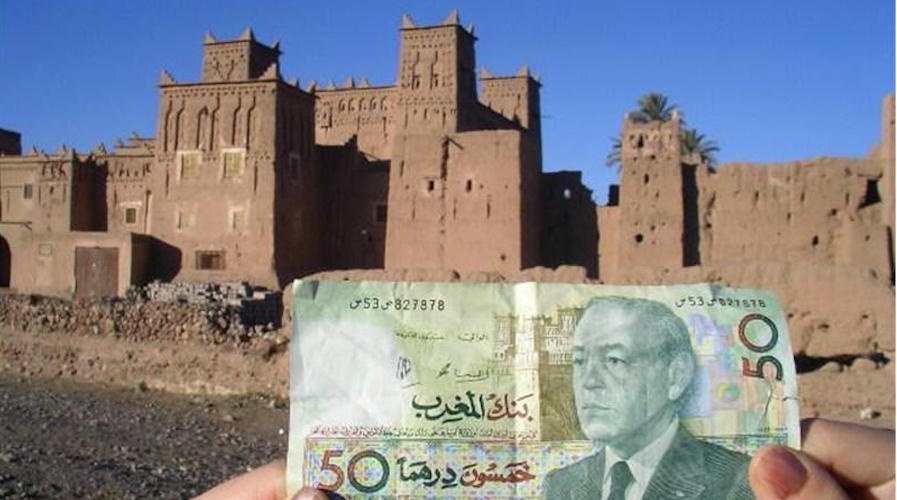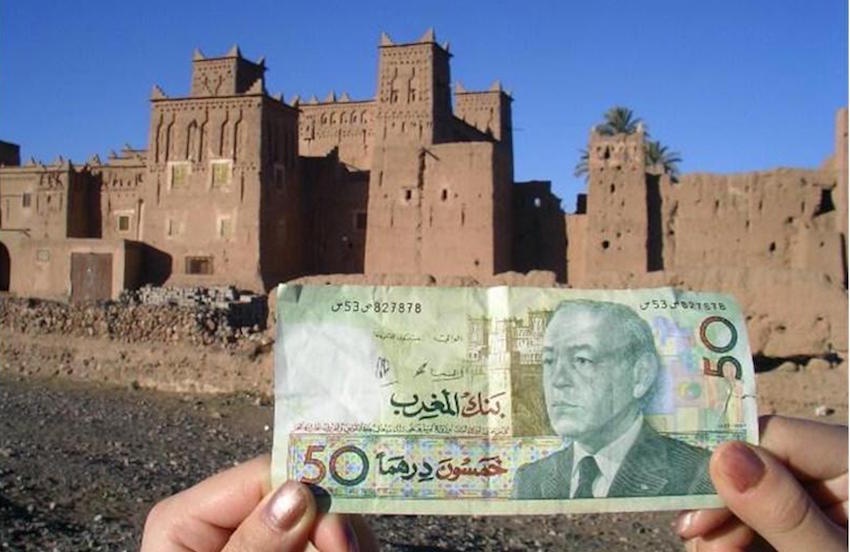The year Morocco's digital economy levels up

This is the second of three articles about the state of digital payments in Morocco. Read the first here.
Morocco’s financial landscape is evolving as the government is finally taking steps that will boost the digital economy.
Until recently, several factors were holding Morocco back when it came to electronic payments: stifling legislation, monopolies, the size of the informal economy, and a closed currency.
Soon most of these might be a thing of the past. The authorities want to leverage digital payments for economic gain and is pushing industry players to wake up and find solutions.
A new banking law
In 2015 Morocco’s central bank Bank Al-Maghrib passed the first banking law since 2006, aiming to modernize the financial sector and promote electronic payments.
The broader aim is to counter informal and money laundering activities, and terrorism funding, but also to boost a digital economy that contributed about $2.2 billion or 2.3 percent to GDP in 2012, according to global business consultant McKinsey.
Two measures, taking effect at the end of 2016, will affect the digital economy in particular.
The first is the recognition of digital currencies such as Bitcoin or Ether and the use of normal currencies used digitally, such as in digital wallets like Paypal. It also defines the way currencies can be used digitally via transactions, payments, and transfers, opening the door to legal use of the aforementioned cryptocurrencies.

The second measure is the introduction of the concept of ‘payment institutions’. Before now only banks, or credit institutions, were authorized to supply bank cards or pre-paid card that could make digital purchases. The new law allows players that are not banks to offer cards and other payment solutions, such as mobile money.
A new age for online payment
Another factor holding online payments back is the development of card-based payment systems in Morocco, and particularly credit cards.
Up until this year there was almost no competition in this sector: one company controlled the supply of in-store payment terminals as well as the processing of data for digital transactions.
But both fields have been thrown open allowing new players, be they existing multinationals or tech startups, to provide better and more services.
As of this year in-store payment terminals can now be supplied by the Moroccan payment software company HPS, MasterCard and Visa. Data processing was also unlocked and new players would be able to enter the arena, said CMI vice president Ismail Bellali in May during the RDV du E-Commerce 2016 conference.
For shop owners, competition in the way their payments services are both provided and processed may lead to a drop in commission fees for credit card payments and an improvement of the service quality from payment service providers to both brick and mortar and online stores.
It’s safe to expect a leap forward in terms of options, such as payment in several instalments and recurring payments, which online sellers have requested. (Disclosure: the writer works for Moroccan payment service providers AmanPay).
Opening to the international market
The first article in this series illustrated how the Moroccan dirham was not convertible to any other currency outside of Morocco - in other words holders can’t exchange it for dollars, euros or anything abroad - and that the rules around getting foreign currencies were strict was closing the country.
This is changing.
To be able to pay in foreign currencies on foreign web sites Moroccan banks created a special ‘e-pay’ payment card.
To use it, users have to request it at their bank and recharge it in a bank branch every time they want to buy something online or make an online transaction, such as transfer funds on PayPal
The adoption rate for these cards remained modest. According to the 2015 annual report from Bank Al-Maghrib, the number of Moroccan bank cards that can be used overseas (a category into which e-pay cards fall under) remains very low compared to the total number of bank cards generally (200,000 cards out of the 11 million bank cards issued in the country).
Nowadays, Moroccans can pay in foreign currencies on foreign websites or services directly with their bank cards, although each has an upper limit on how much they can spend in non-dirham currencies.
This will likely make buying mobile apps, using legal streaming services, and e-shopping much easier.
Further, the Moroccan exchange office recently announced that all Moroccan citizens and companies would be able to have a bank account in foreign currencies separate from their dirham account, on request to their bank. And the limit of the dotation of this account won’t be fixed anymore but calculated based on the person or the company’s revenue.
Concretely, it means that it would be possible to pay for purchases abroad directly from one’s own account. This would delete frictions encountered when using services like PayPal, paying foreign contractors or freelancers, or simply buying professional services, like web hosting or emailing.
All those changes would take time to be implemented, to find their places in the banks’ offers and the decision-makers’ minds, and in the consumer culture. They also need to be known and understood from the regulation entities. Once this transition done, Morocco will really be able to undergo a digital revolution.


